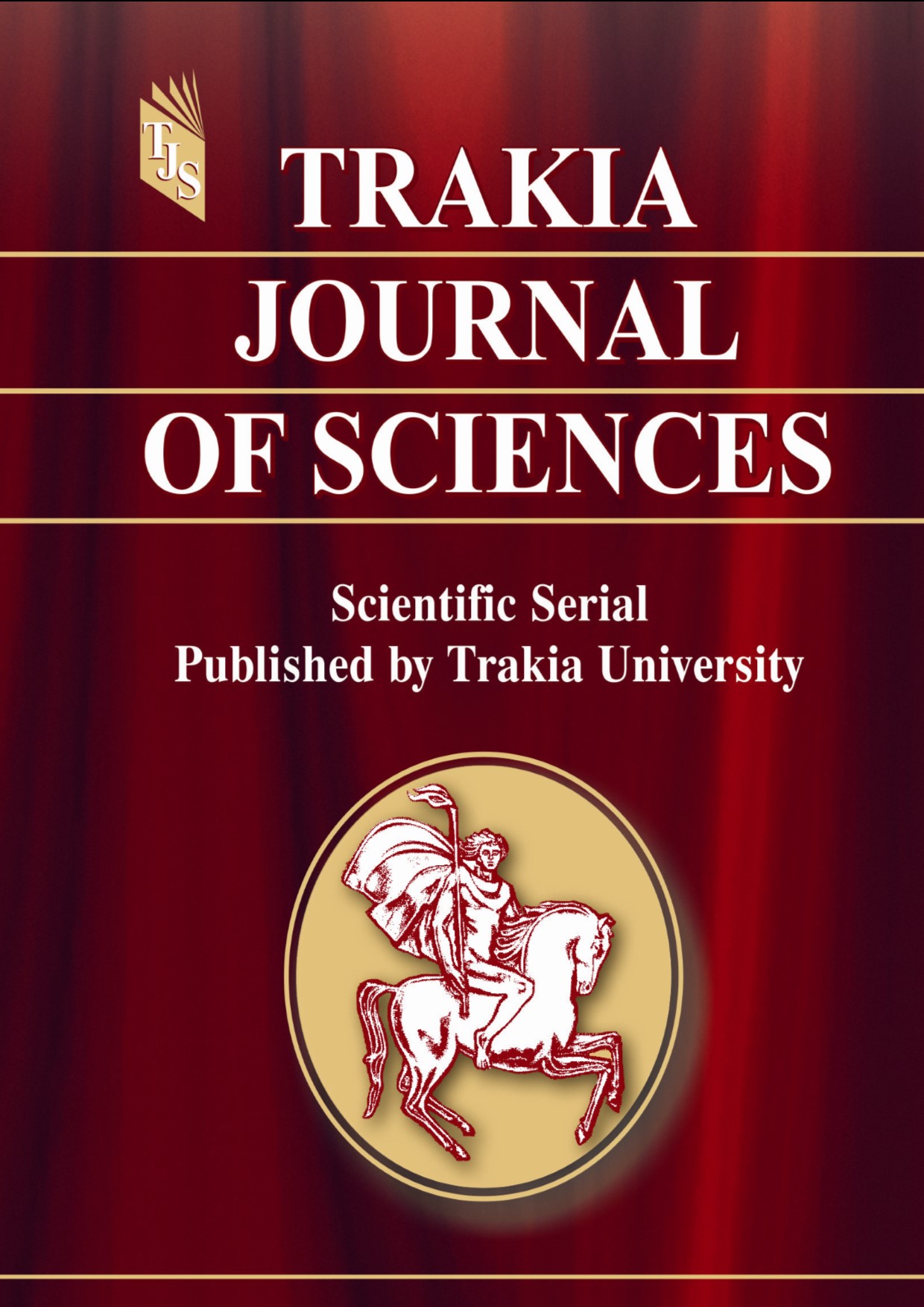RISK IN CYBER ENVIRONMENT
DOI:
https://doi.org/10.15547/tjs.2024.02.006Keywords:
risk, cyber, psychology, philosophy of medicineAbstract
Introduction: Cyber environment is a new type of interaction media that implies a modification of existing risks and a new type of risks, covered by an instrument for risk evaluation. Materials and methods: Existing risk evaluation instruments, psychology risk questionnaires and cyber risks categories. Results: Instrument for cyber risk evaluation with а specific modifications of the existing physical and psychological risks and the new type: cyber risks. Discussion: Cyber environment is new, yet already widely used and powerful. This creates an opportunity for improved functionality, but also for increased risk. Conclusion: The risk of using cyber environment is not limited to the field of information. It is a complex, personal, bio-psycho-social risk with daily and mass exposure and diverse consequences. Its assessment is difficult and currently inadequate in the direction of underestimation.
References
Cebula, J. J., & Young, L. R., A taxonomy of operational cyber security risks. Software Engineering Institute, Carnegie Mellon University, 2010.
Welburn, J.W., Strong, A.M., Systemic Cyber Risk and Aggregate Impacts. Risk Anal. Aug; 42(8):1606-1622, 2022.
Gigerenzer, G., Gaissmaier, W., Heuristic Decision Making Center for Adaptive Behavior and Cognition. Max Planck Institute for Human Development, 14195 Berlin, Annu. Rev. Psychol.. 62:451–82, 2011.
Sandbrook, M., Systems thinking- so what? a first person view., Science & Technologies, Volume XI, Number 6: SOCIAL STUDIES, Systems Learning, Schumacher Institute, Bristol, UK., pp.15-19, 2021.
Feurer, R., Chaharbaghi K., Defining Competitiveness: A Holistic Approach. Management Decision, Vol. 32 No. 2, pp. 49-58, 1994.
Falco, G., Eling, M., Jablanski, D., Weber, M., Miller, V., Gordon, L. A., Wang, S., Schmit, J., Thomas, R., Elvedi, M., Maillart, T., Donovan, E., Dejung, S., Durand, E., Nutter, F., Scheffer, U., Arazi, G., Ohana, G., Lin, H. Cyber risk research impeded by disciplinary barriers. Science, 366(6469), 1066-1069, 2019.
Nuzback, K., Cyber crimes. Tex Med. Jul 1;110(7):27-33, 2014
Gonzalez-Granadillo, G., Menesidou, S. A., Papamartzivanos, D., Romeu, R., Navarro-Llobet, D., Okoh, C., Nifakos,. S, Xenakis, C., Panaousis, E., Automated Cyber and Privacy Risk Management Toolkit. Sensors (Basel), Aug 15;21(16):5493, 2021.
Yang, AHX., Kasabov, N., Cakmak, YO., Machine learning methods for the study of cybersickness: a systematic review. Brain Inform. 2022;9(1):24.
Kourtesis, P., Amir, R., Linnell, J., Argelaguet, F., MacPherson, SE., Cybersickness, Cognition, & Motor Skills: The Effects of Music, Gender, and Gaming Experience. IEEE Trans Vis Comput Graph. Published online February 22, 2023.

Downloads
Published
Issue
Section
License
Copyright (c) 2024 Trakia University

This work is licensed under a Creative Commons Attribution-NonCommercial-NoDerivatives 4.0 International License.


